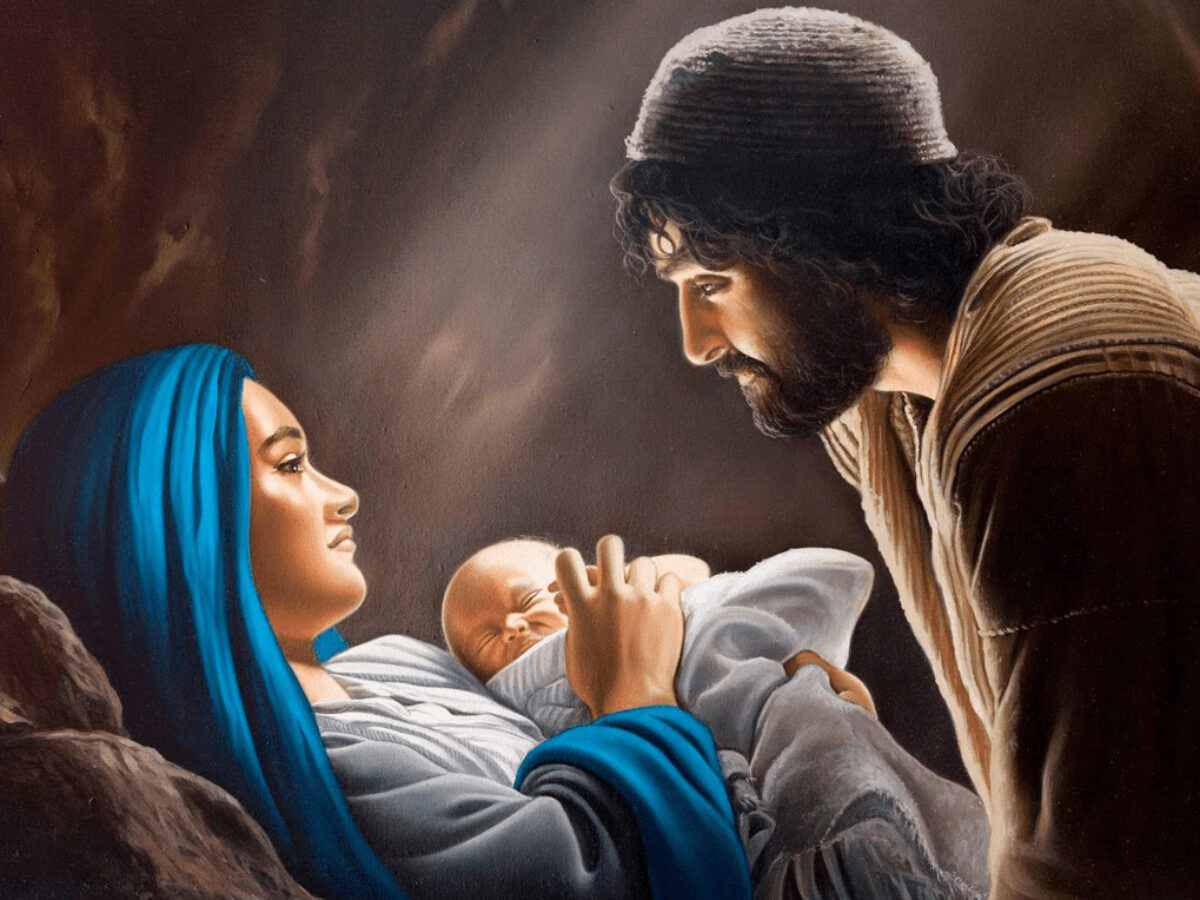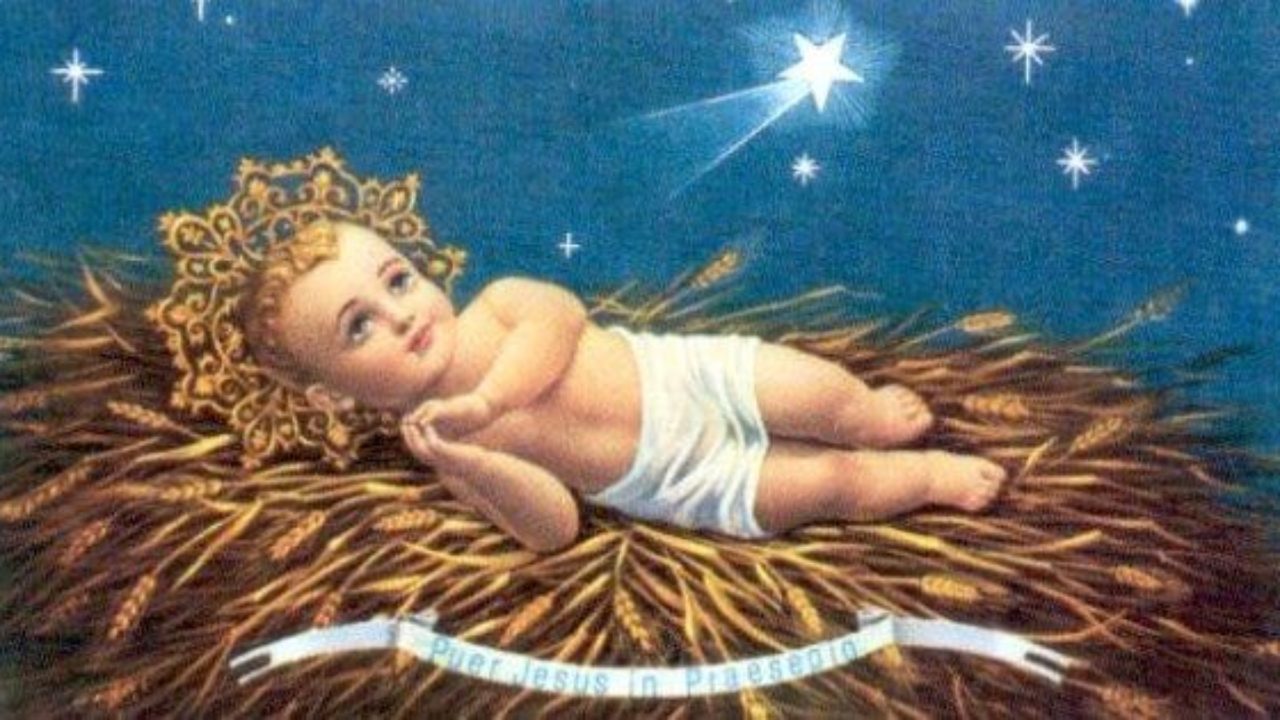Scholars have discovered the date on which Jesus was born
Every year - in the period of December - we always return to the same debate: when was Jesus born? This time it is Italian scholars who find the answer. In an interview conducted by Edward Pentin for the National Catholic Register, the doctor of history Liberato de Caro shares the results reached by his research group regarding the date of birth of Jesus.
The birth of Jesus, an Italian discovery
In a recent historical study, an Italian historian identifies the moment when Christ was born in Bethlehem in 1 December BC How was the exact year and month placed? Here are the main elements in summary:
Month of birth

The first element to take into consideration when calculating the date of Jesus' birth is the relationship between the pilgrimages to Jerusalem and Elizabeth's pregnancy.
The first thing to note is that according to the chronological account of the Gospel according to Luke, Elizabeth was pregnant in the sixth month when the Annunciation occurred.
In those days, the historian says, there were three pilgrimages: one to Easter, another a Pentecost [Hebrew] (50 days after Passover) and the third to the Feast of Tabernacles (six months after Easter).
The maximum period that could elapse between two successive pilgrimages was six months, from the Feast of Tabernacles until the following Easter.
The Gospel according to Luke indicates how Joseph and Mary they were pilgrims according to the Mosaic Law (Lk 2,41:XNUMX), which provided for a pilgrimage to Jerusalem on the three festivities mentioned above.
Now, since Mary, at the time ofAnnunciation, was not aware of Elizabeth's pregnancy, it necessarily follows that no pilgrimages had been made at least five months before that time, since Elizabeth was already in the sixth month of pregnancy.
All this implies that the Annunciation should have taken place at least five months after a pilgrimage feast. It follows, therefore, that the period in which to place the Annunciation is the period between the Feast of Tabernacles and Easter, and that the angel's visit to Mary must necessarily be very close and just before Easter.
Easter began the liturgical year and fell on the first full moon of spring, usually in late March, early April. If we add up the nine months of pregnancy, we arrive at the end of December, beginning of January. These would be the months of the date of Jesus' birth.
Year of birth

The Gospel according to St. Matthew (Matthew 2,1) tells us about the alleged massacre of the Innocents by Herod the Great, carried out in an attempt to repress the newborn Jesus. Herod therefore must have been still alive in the year Jesus was born. historian Flavius Josephus, Herod the Great died after a lunar eclipse visible from Jerusalem. Therefore, astronomy is useful for dating his death and, consequently, the year of Jesus' birth.
According to current astronomical studies, a lunar eclipse actually visible in Judea 2000 years ago, placed in relation to other chronological and historical elements deduced from the writings of Josephus and from Roman history, leads to only one possible solution.
The date of Herod the Great's death would have occurred in 2-3 AD, consistent with the conventional start of the Christian era, i.e. the date of Jesus' birth would have occurred in 1 BC